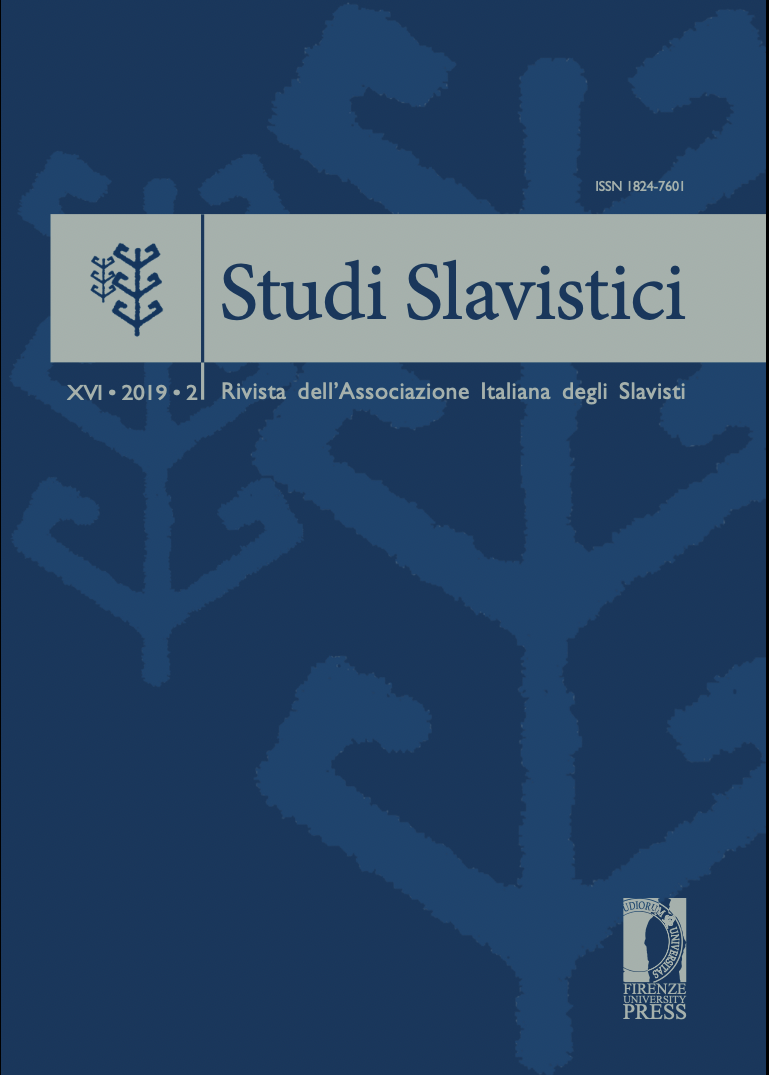Графическое обозначение фонологических признаков как ориентир при совершенствовании алфавитного письма и свидетельство реальности фонологических категорий
Published 2017-11-03
Keywords
- Phonology,
- Graphetics,
- History of Writing
Abstract
The evolution of writing (from ideography to alphabet) is connected with the tendency to denote the smallest segmental units of a language system. The adequacy of graphetics depends on its ability to reproduce all phonemic distinctions. Whereas scientific transcription requires a one-to-one correspondence of phoneme and grapheme, various tools for reduction of grapheme inventory are applied in practical writing systems. This reduction is possible when the phonological structure of a language system is taken into account and the so-called featural elements of script develop, with phonemic traits acquiring unified graphetic expression (generalised elements of the basic symbol, diacritics, digraph series and modification of adjacent letters). Examples of such optimisation can be found both in conscious efforts of professional linguists (transcription adjustment, alphabet development) and in natural evolution of writing systems (cf. “syllable principle of the Russian graphetics”), as well as in projects of amateur enthusiasts with their intuitive methods, which are very successful at times.
The article analyses some aspects of alphabet making and rationalisation in the USSR in the 1920s–30s. For example, Rosalija Šor brought into question speakers’ awareness of phonological features; she criticised the universality of Nikolaj Jakovlev’s mathematical formula of the alphabet. On the other hand, the speaker’s linguistic awareness manifested itself in Axmet Baitursynov’s suprasegmental sign for sound harmony in Kazakh, readily accepted by the public at large. There is also discussion of Ivan Tolmačev’s project of the rationalisation of the Russian alphabet presented to the first Soviet People’s Commissar for Education Anatolij Lunačarskij in 1929, discovered recently in the archive of the Russian Academy of Sciences.


